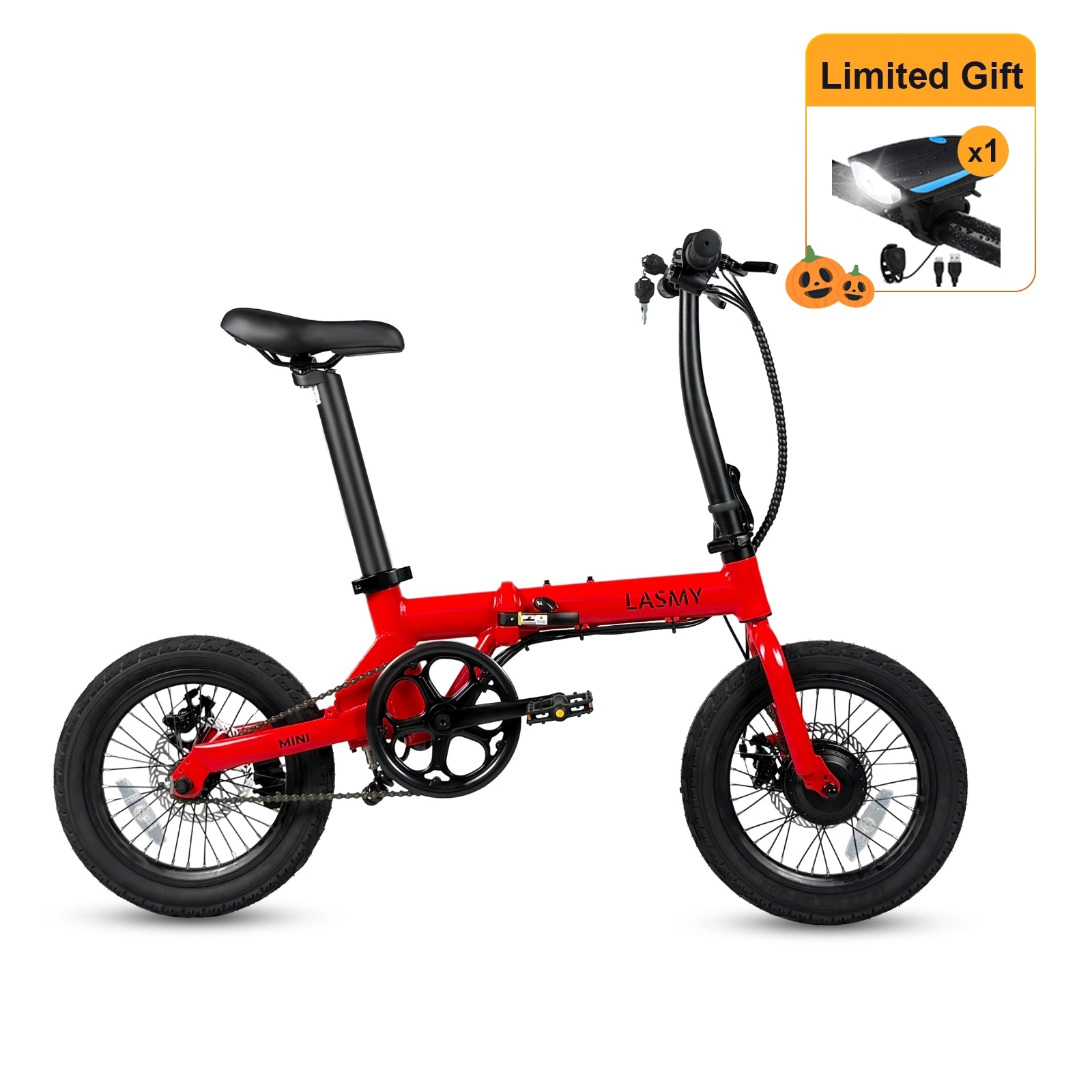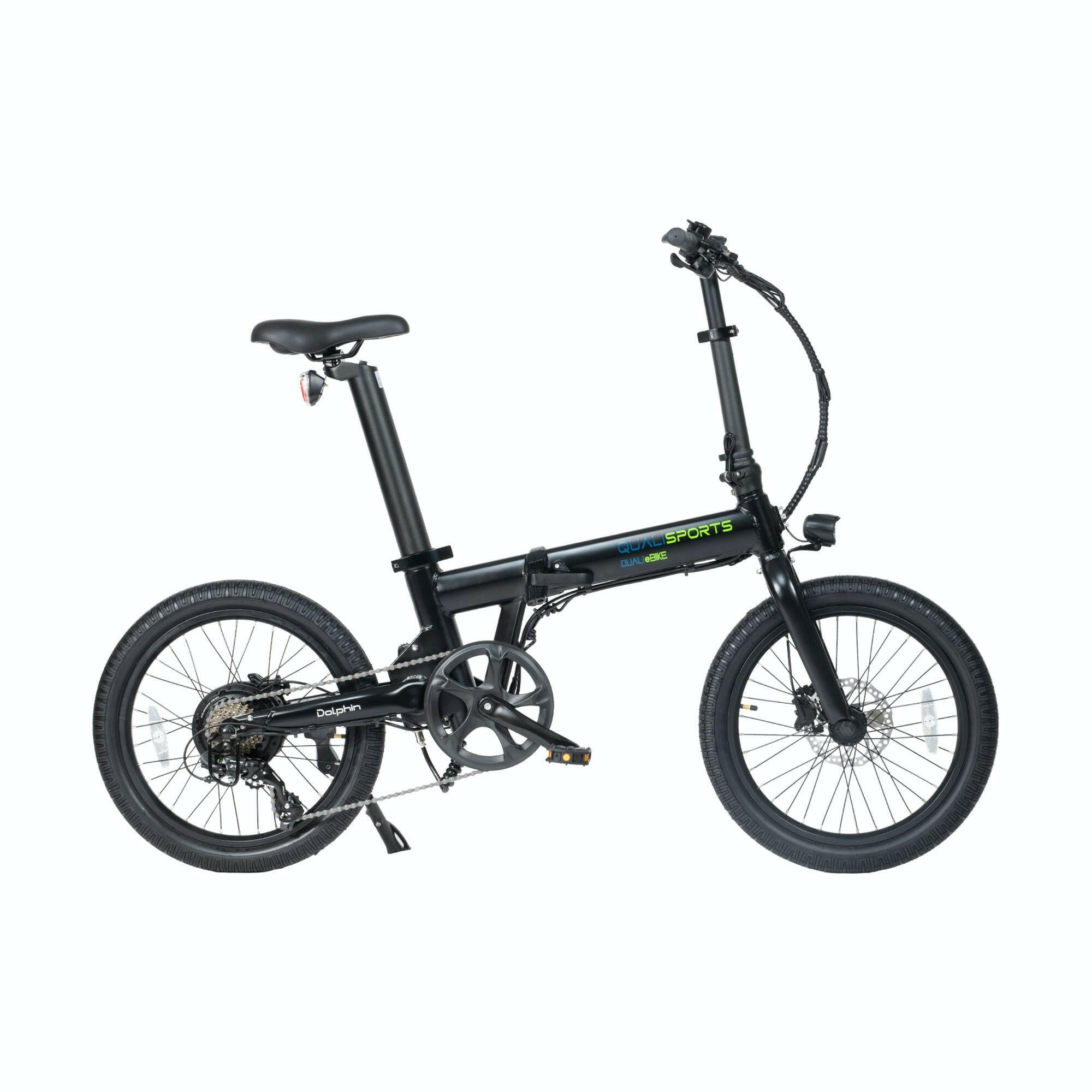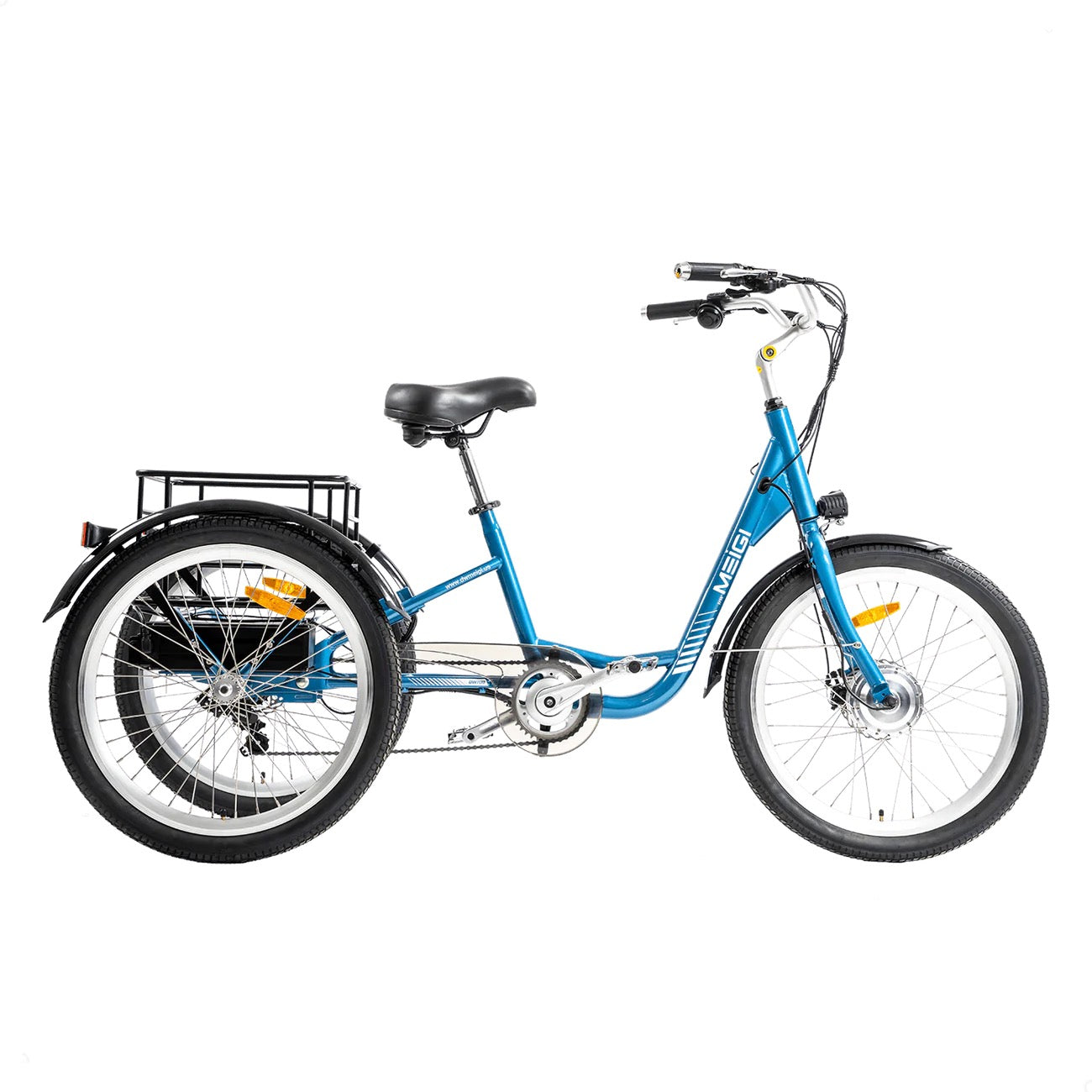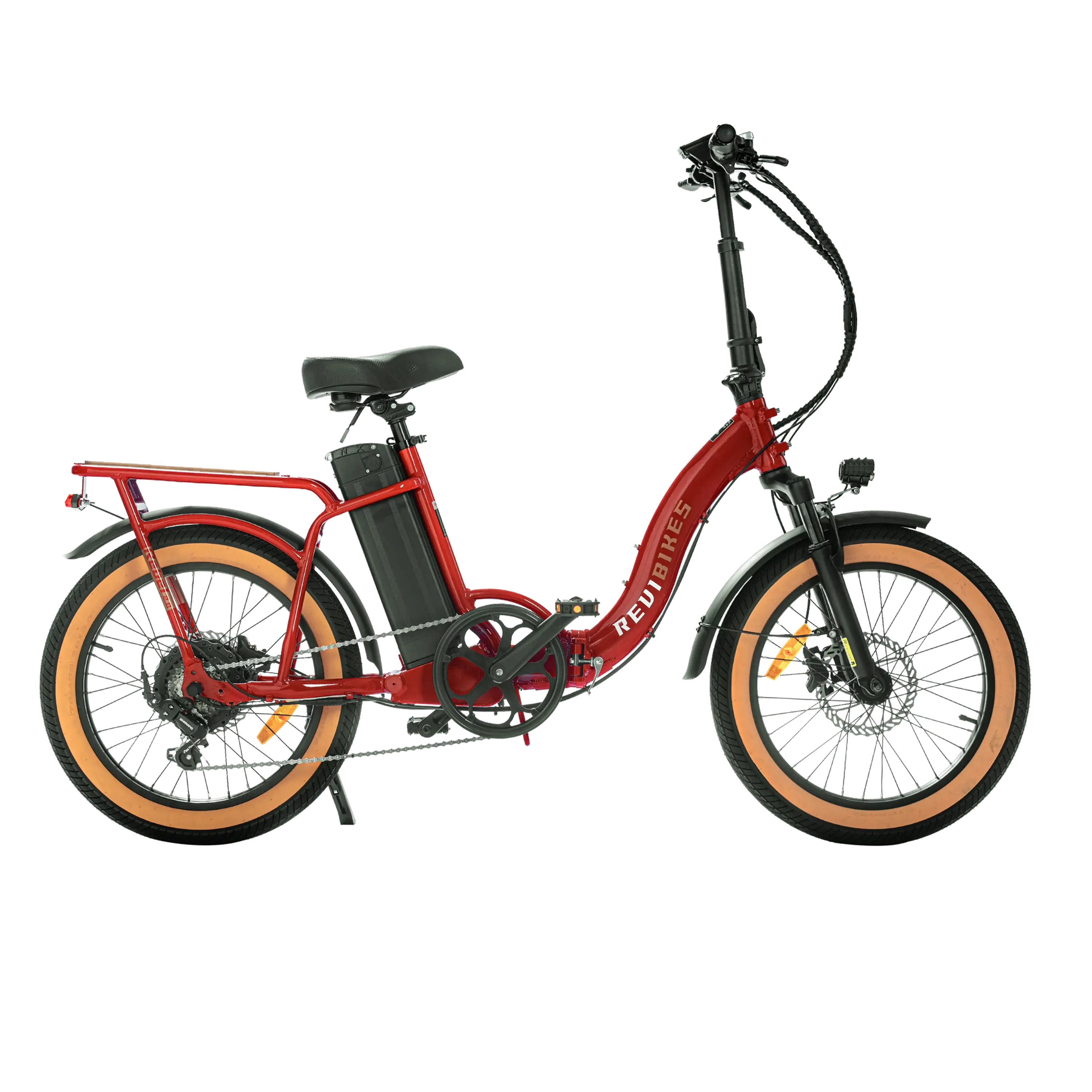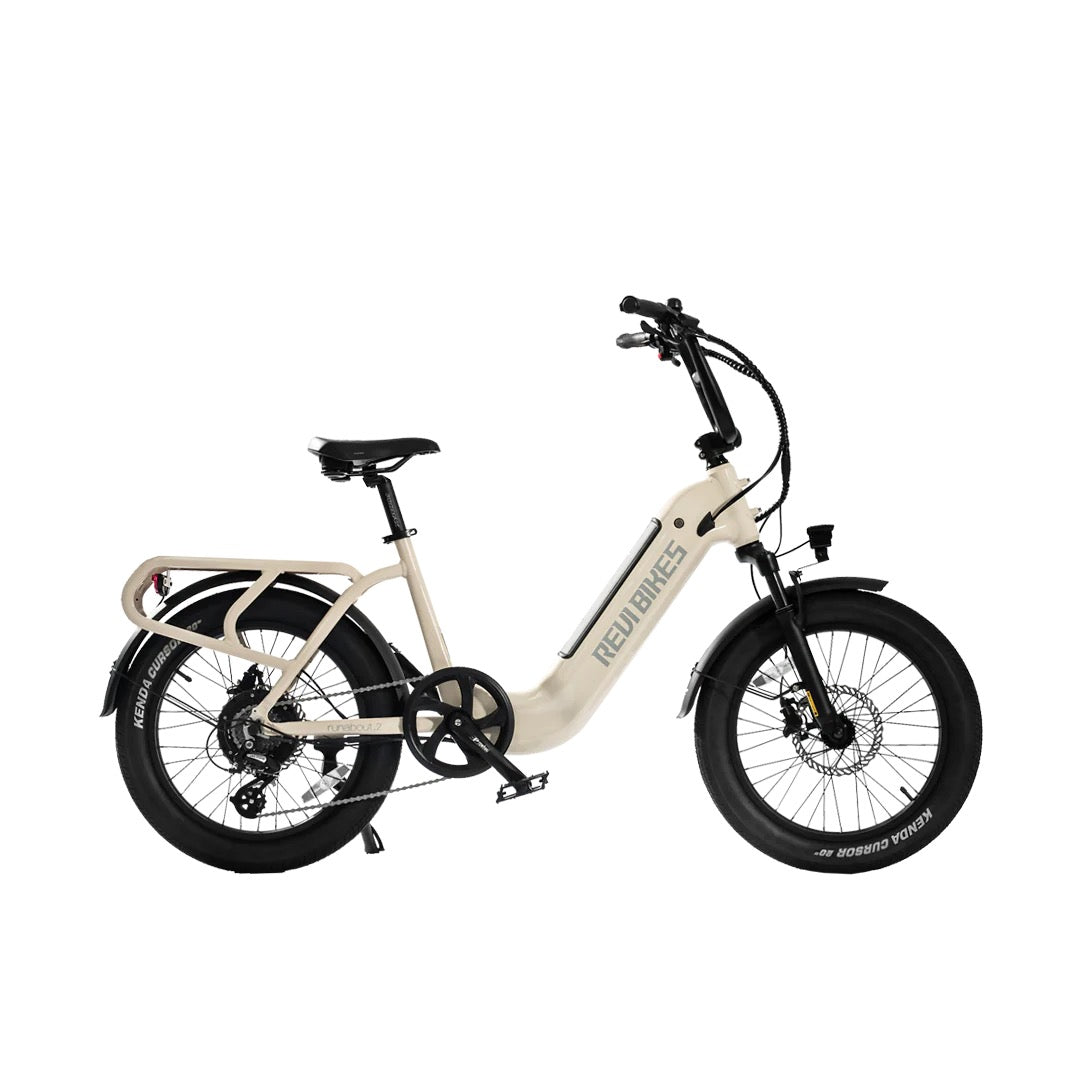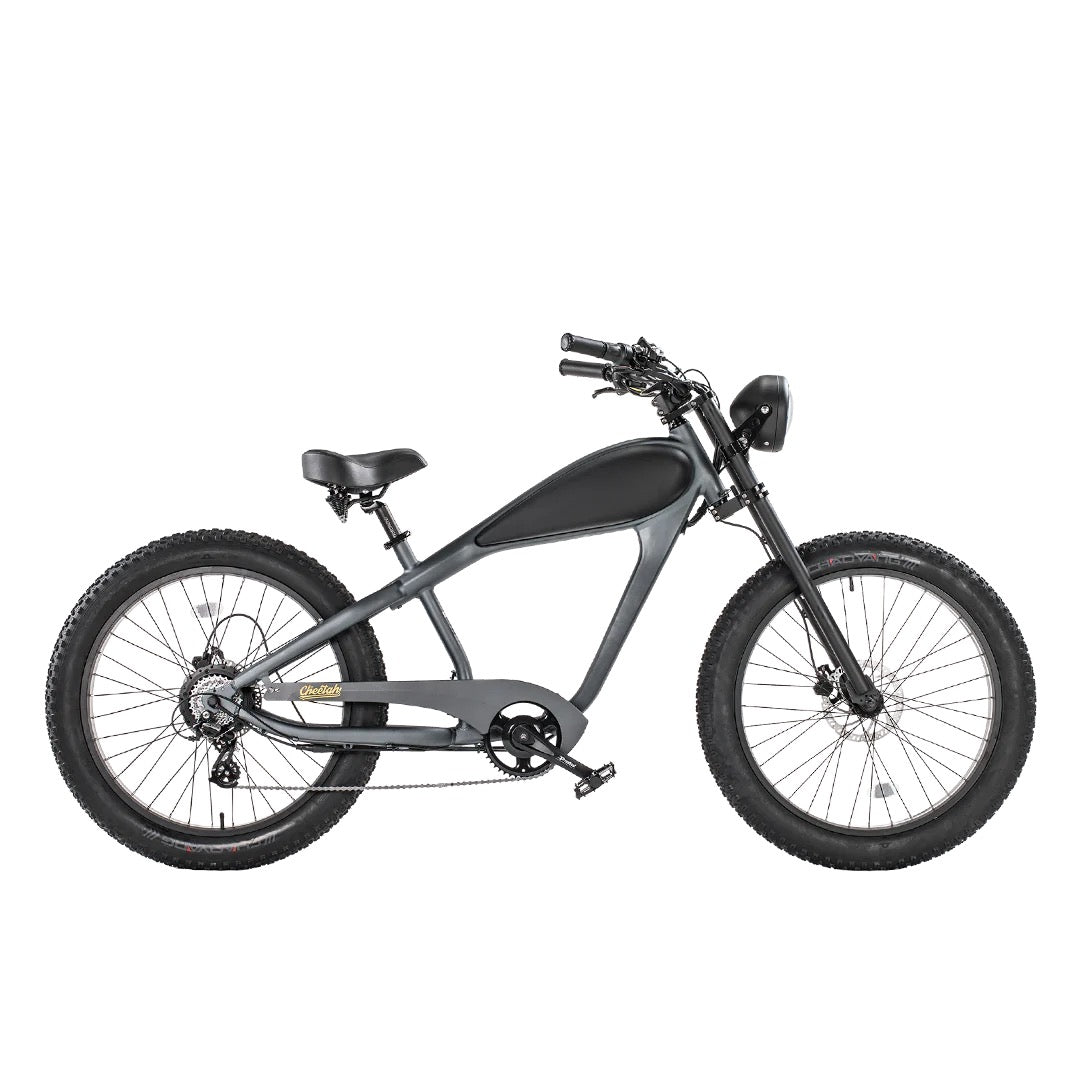Short version: The BK-28 is targeted at riders seeking raw power and value. The LightBee X (LBX) is aimed at riders desiring lightweight agility and refined control. The following provides a more in-depth, scientific explanation of why these differences are significant, where each model excels, and how to assess real-world range, handling, and longevity.
Specifications & quick comparison
| Spec | Bikonit Raptor BK-28 | Surron Light Bee X |
|---|---|---|
| Peak power (kW) | 21 kW | 8 kW |
| Battery | 72 V × 30 Ah = 2160 Wh | 60 V × 40 Ah = 2400 Wh (typical) |
| Top speed | ~85 km/h (52 mph) | ~75 km/h (46 mph) |
| Weight | ~69 kg (152 lb) | ~57–58 kg (125–128 lb) |
| Controller | Sine-wave | FOC sine-wave (better low-speed modulation) |
| Unique features | NFC unlock, high torque | Regenerative braking, removable battery |
| Price (typical) | ~USD $4,699 | ~USD $4,699 |
The physics of what you feel on the trail
Motor power vs torque — not the same thing
-
Power (kW) represents the amount of work per unit time that the motor can perform; a higher kW value indicates a higher potential top speed and more continuous power.
-
Torque (N·m) is the rotational force at the motor shaft and is responsible for initial acceleration and hill-climbing ability. High torque gives an immediate push from a standstill; high power enables continuous acceleration at speed.
-
Practical takeaway: The BK-28's significantly higher peak power and reported high torque result in stronger launches and better performance on steep grades. The LBX, with lower peak power but a lighter mass, will feel more nimble and easier to maneuver mid-air and on narrow trails.
Controller type — how the bike “applies” the power
-
Sine - wave controllers smooth the current to reduce audible noise and heat compared to crude square-wave controllers.
-
FOC (Field - Oriented Control) takes it a step further: it treats the motor as a vector quantity, controlling current in two axes to produce smoother, more efficient torque and better low - speed modulation.
-
Why it matters: FOC (used on the LBX) provides precise throttle control for technical trail riding and improves the smoothness of regenerative braking; a sine - wave controller on a high-power bike (like the BK-28) is robust and simple but may lack the finesse for low-speed trail handling.
Battery capacity, usable energy, and range math — a reproducible check
To compare batteries in a reproducible manner, convert voltage × amp-hours to watt-hours (Wh). Then estimate the consumption (Wh/km) for off - road riding.
Digit - by - digit:
-
BK- 8 battery: 72 V × 30 Ah = 72 × 30 = 2160 Wh (2.16 kWh).
-
LBX battery (example spec 60 V × 40 Ah): 60 × 40 = 2400 Wh (2.4 kWh).
Range estimate:
-
If an off-road ride averages 30 Wh/km (moderate mixed terrain), then:
-
BK-28 theoretical range ≈ 2160 Wh ÷ 30 Wh/km = 72 km.
-
LBX theoretical range ≈ 2400 Wh ÷ 30 Wh/km = 80 km.
-
However, real-world range varies rapidly depending on riding style: aggressive high - torque riding can easily double the Wh/km to 60–80 Wh/km, halving the range. Manufacturers' quoted ranges are often measured in conservative eco-modes or on flat trails; always consider the quoted numbers as best-case or partial-use figures.
Chassis, suspension and handling
Mass, rotational inertia & handling
-
Heavier bikes (higher mass, heavier rotating wheels) increase rotational inertia, making it more difficult to initiate or stop direction changes and wheel spin. This is why the lighter LBX feels more maneuverable on singletrack and during jumps.
-
The heavier mass of the BK-28 is an advantage for maintaining momentum over rough, rutted terrain and for stability at high speed; it also enhances traction under power.
Suspension travel and tuning
-
Longer travel with proper damping helps dissipate energy from large impacts (drops, rocks) — crucial for aggressive off-road riding. However, the quality of damping (valve design, compression/rebound tuning) is as important as the travel length.
-
The BK-28 uses long - travel components designed for heavy impacts; the LBX uses lighter multi-link setups tuned for agility and quicker recovery. For riders: adjust sag and damping according to your weight and riding style, not the “factory” settings.
Thermal management & reliability
-
High-power motors and controllers generate a significant amount of heat; sustained high loads without adequate heat dissipation will trigger power limits or cause failure. Look for heat sinks, airflow pathways, and thermal monitoring in the spec sheets.
-
Battery longevity depends on charge/discharge rates (C-rate) and temperature. Higher continuous current draw shortens the cycle life; a good BMS (Battery Management System) with cell balancing, over-temp and over-current protection is essential.
-
Practical check: Ask dealers about sustained climb tests and whether the bike has thermal cutback (automatic power reduction) — this is a reliability feature, not a defect.
Control features that change rideability
-
Regenerative braking: Recovers energy, smooths deceleration, but excessive regen can destabilize a dirt bike on loose surfaces. The LBX's regen is usually tunable, which is beneficial for rider customization.
-
Ride modes & throttle mapping: Allow for tailoring of power delivery (Eco, Sport, Traction control). Finer mapping (possible with FOC controllers) improves traction on variable terrain.
-
Security & convenience: NFC unlock and remote features (BK-28) are modern conveniences—useful for fleets or shared use.
Maintenance, parts ecosystem & resale
-
Aftermarket support & parts availability directly impact downtime and long-term costs. Surron has a larger established dealer and parts network in many countries; the BK-28 (Bikonit) may be more value - oriented but may require import/aftermarket sourcing depending on the region.
-
Wear items: Chain/sprockets, brake pads, bushings, and suspension seals need periodic inspection—plan a maintenance schedule based on hours ridden, not calendar weeks.
Who should buy which
-
Choose the BK-28 if:
-
You prioritize raw acceleration, top speed, and climbing (high torque + big motor).
-
You want the best power-for-dollar and plan longer high-speed rides or aggressive routes.
-
You are comfortable with a heavier, momentum - based bike.
-
-
Choose the Surron Light Bee X if:
-
You value agility, precise low-speed control, and brand support.
-
You ride technical singletrack, jumps, or prefer a bike that is easy to handle at lower skill levels.
-
You prefer a more established dealer/service network.
-
Conclusion
Make a decision by matching the measured physical demands (route profile, expected speed, frequency of high-load bursts) to the bike's energy capacity, torque profile, and thermal management. The BK-28 offers machine-level power and climbing ability; the LBX provides controllability and a lighter platform. Both are excellent for different scientific use-cases — choose the bike whose physical characteristics align with the physics of your riding style.

